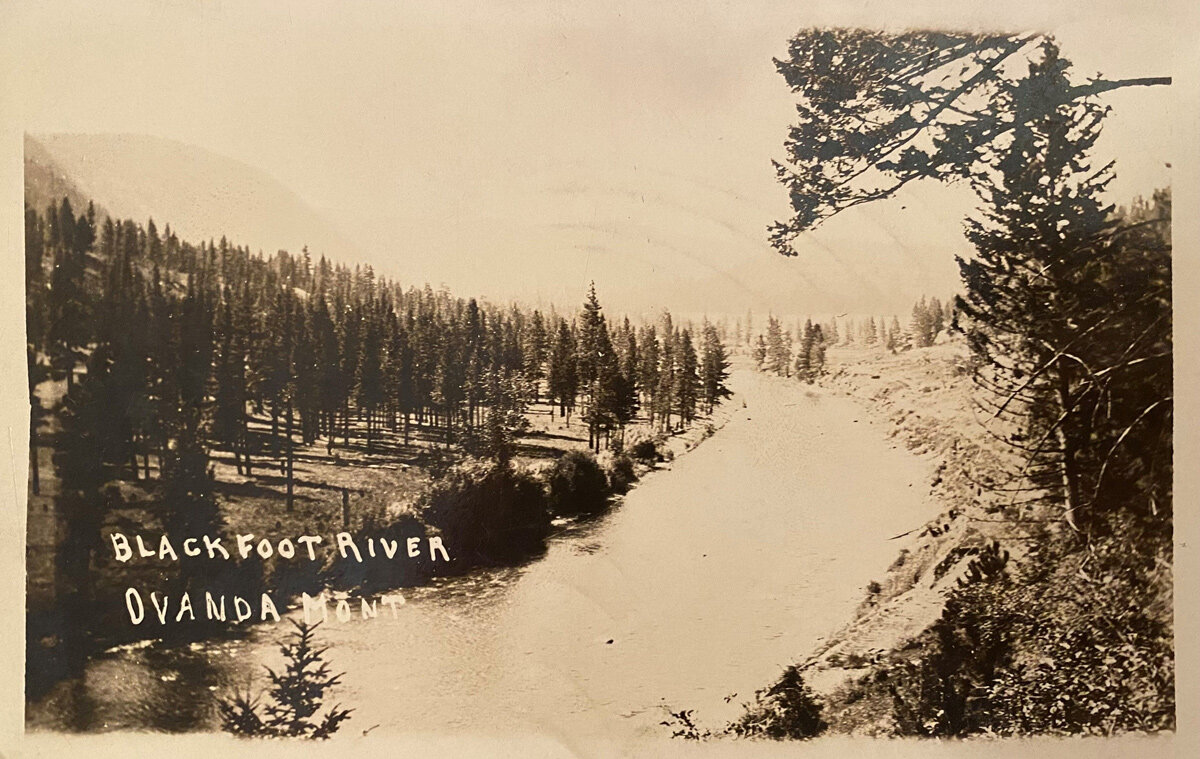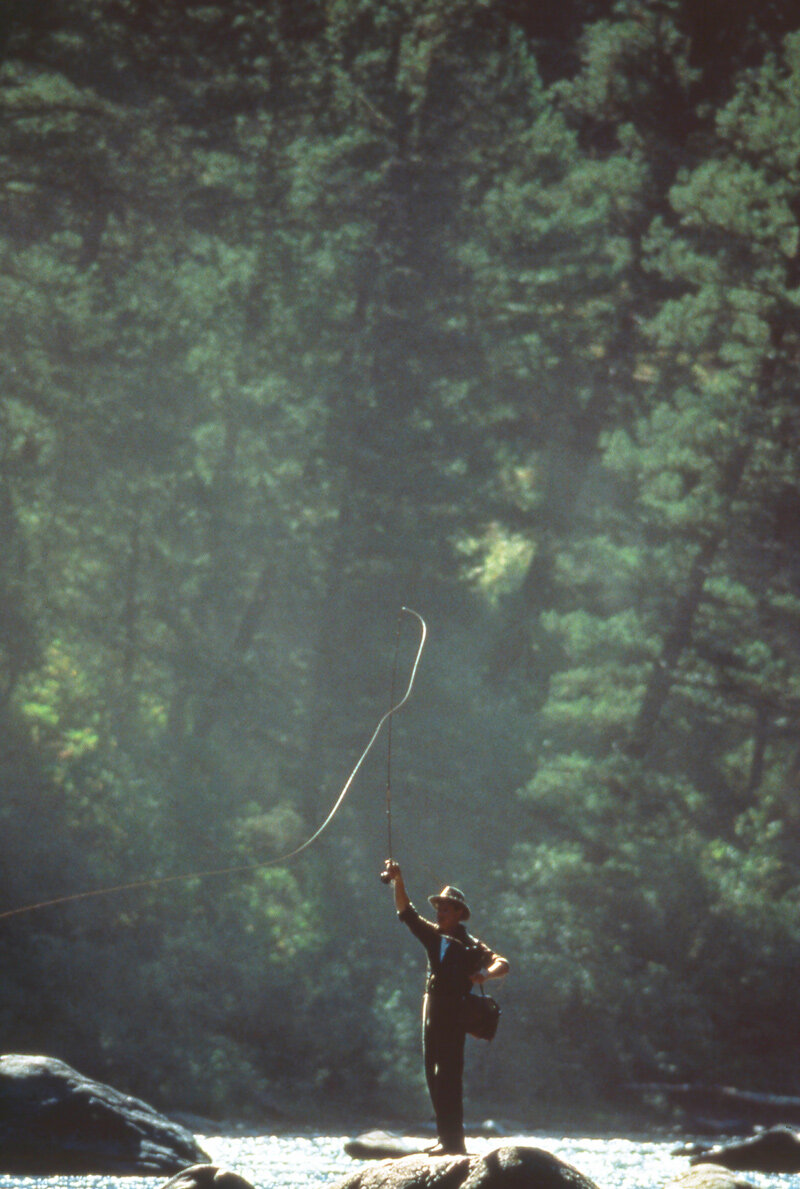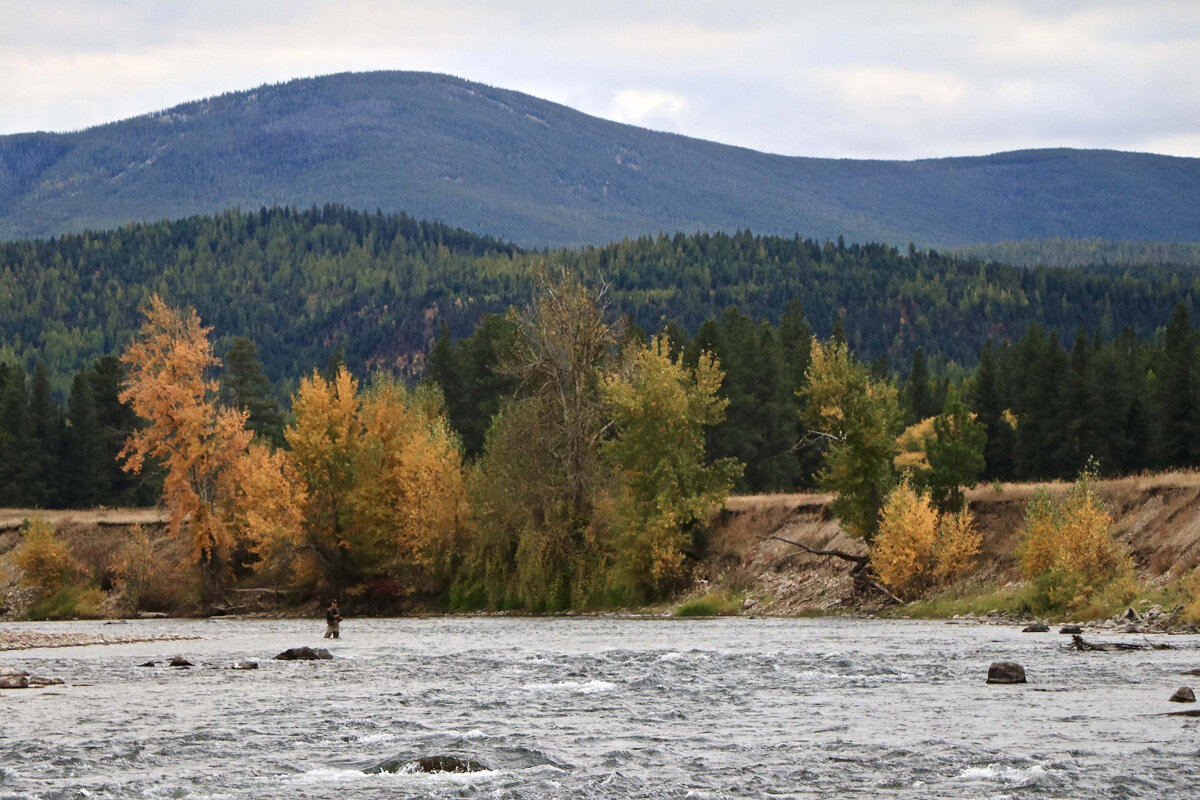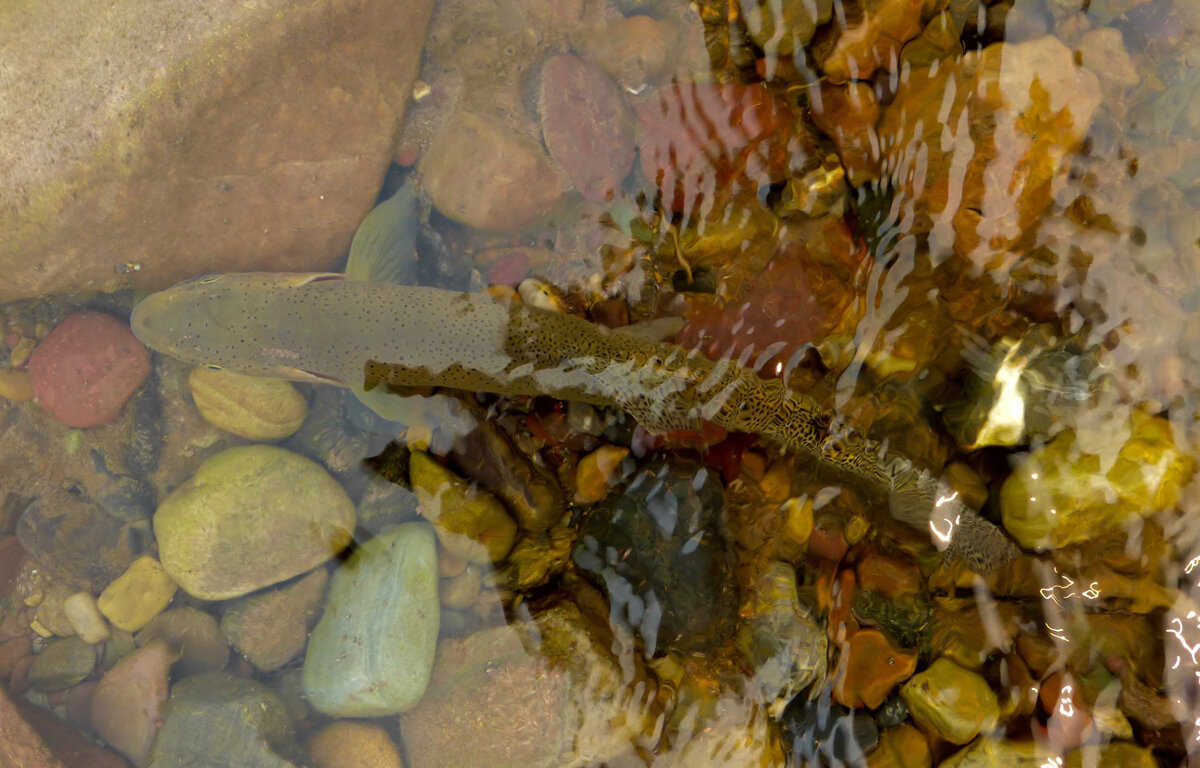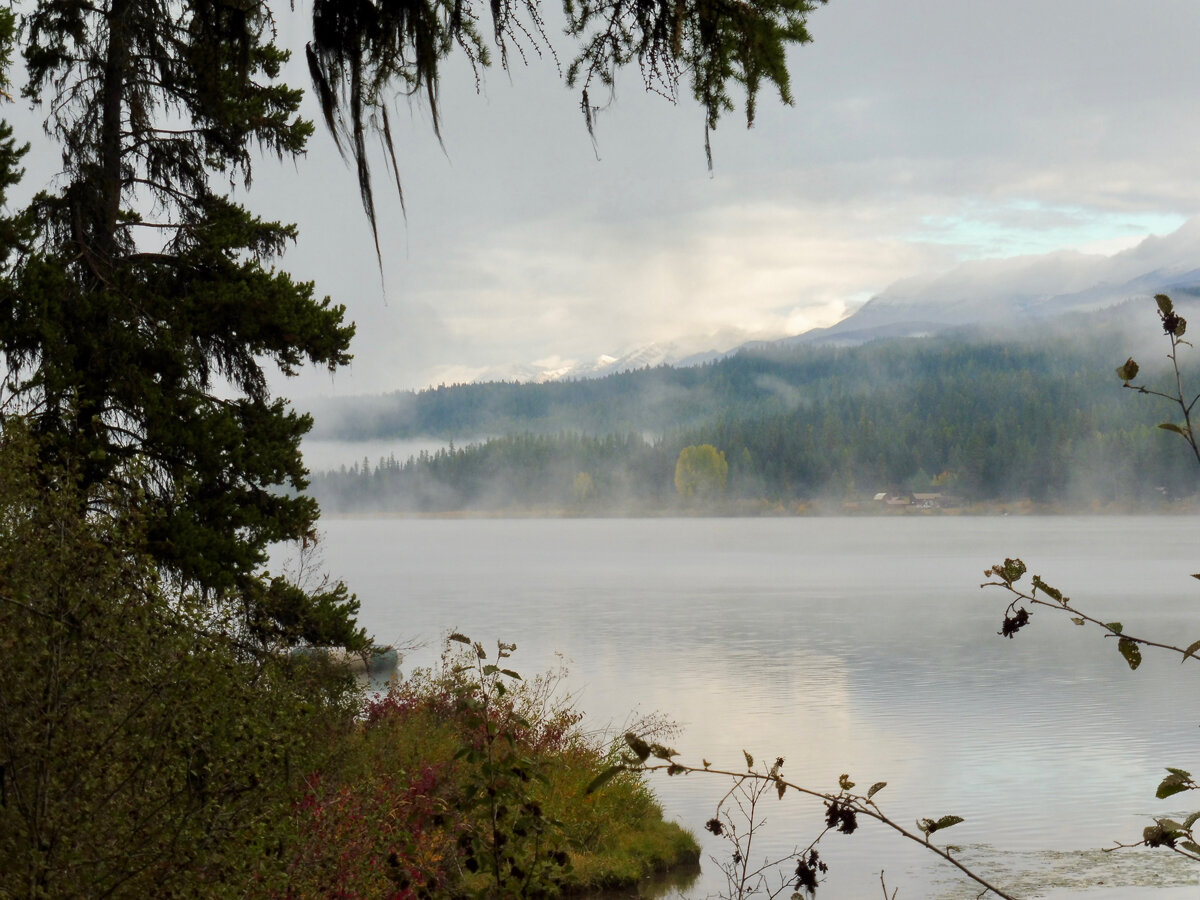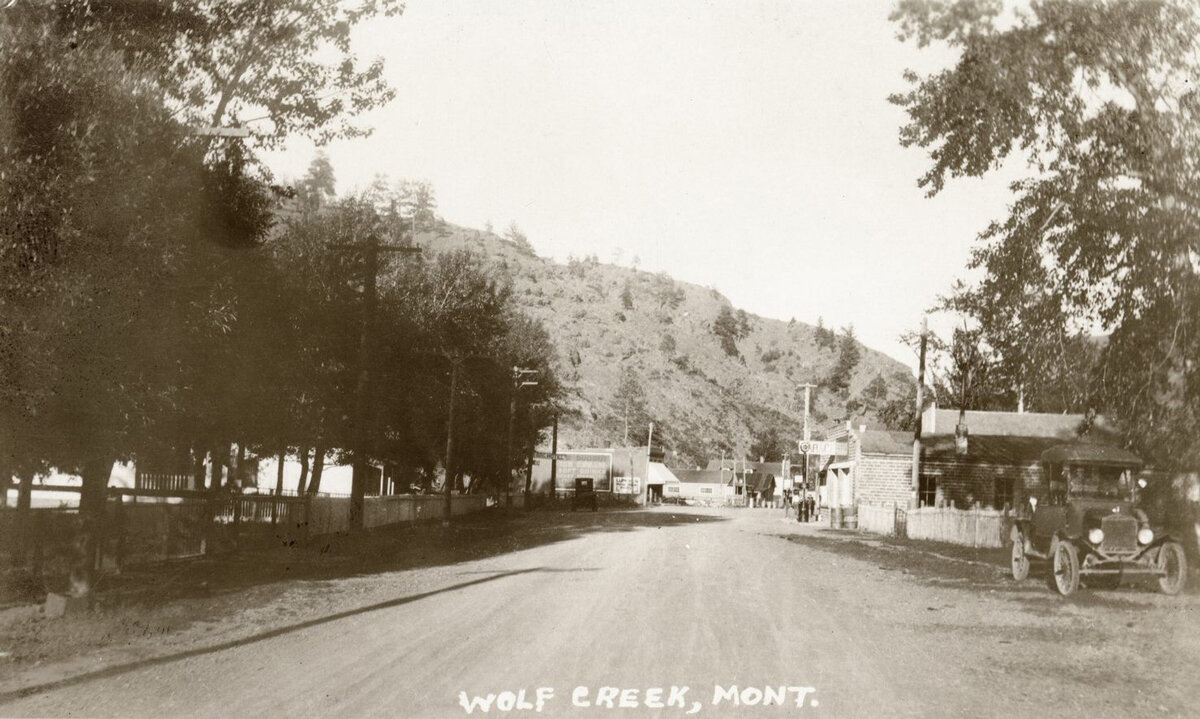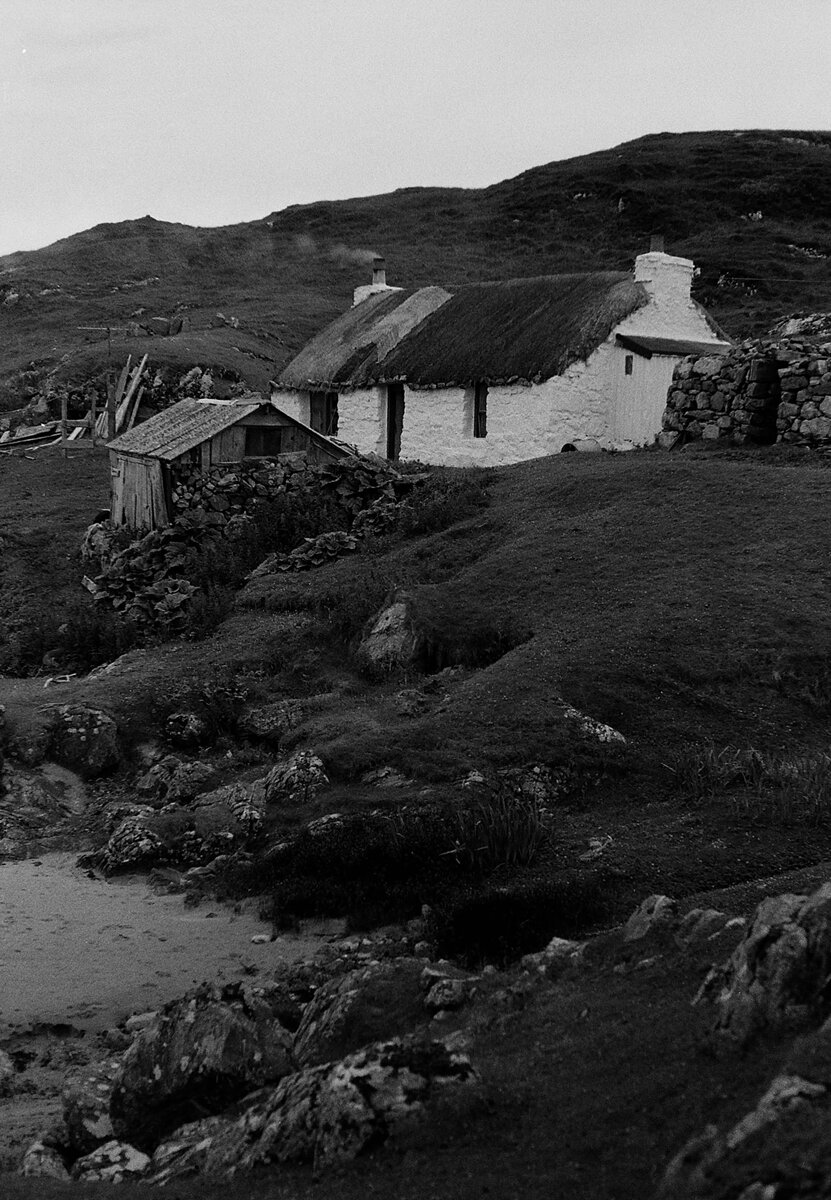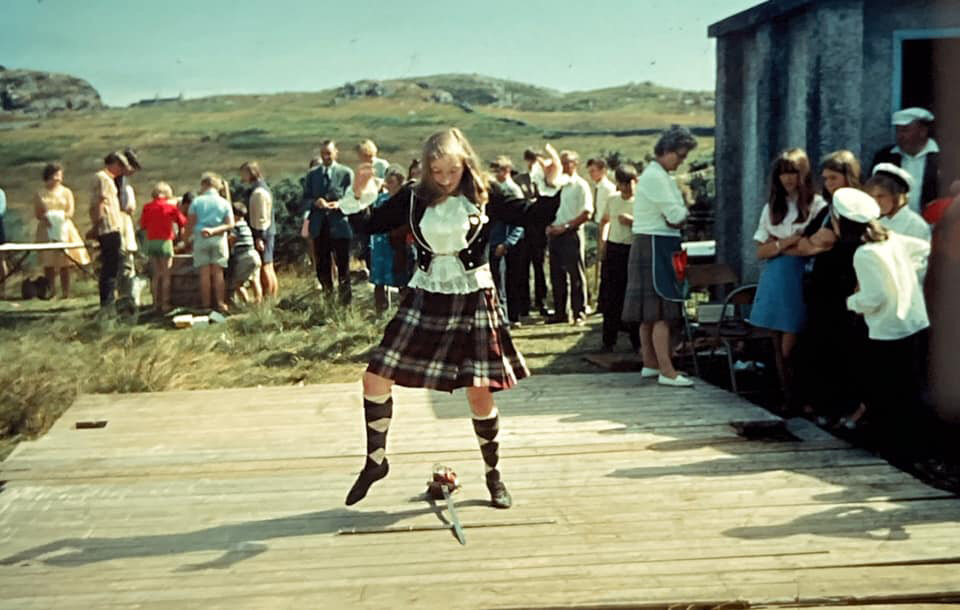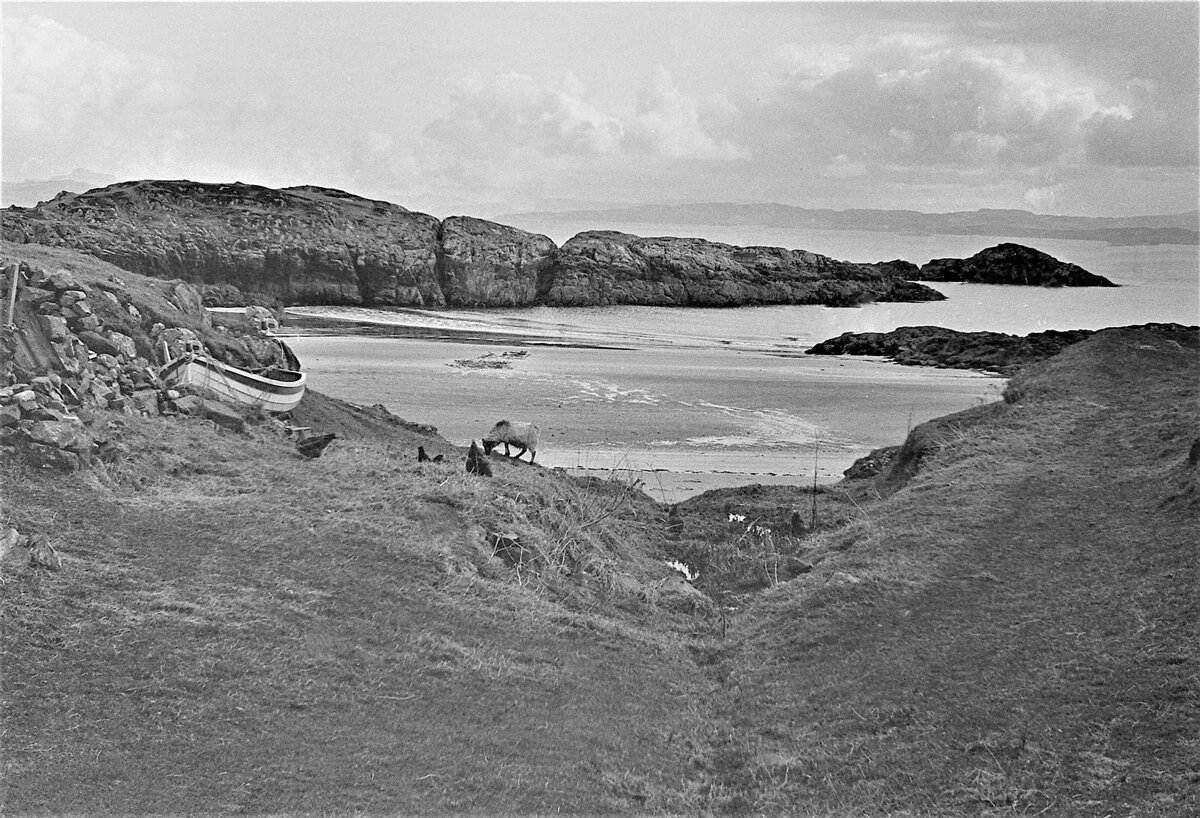Photos from HOME Waters
“A legacy endlessly renewed by the passage of waters.”
Wood Engravings IN HOME WATERS by Wesley W. Bates
“‘Home Waters’ began as a fish story, but as it developed into a book it wound up dealing with many of the same people, places and events as ‘A River Runs Through It.’ One element of ‘Home Waters’ that consciously imitated ‘A River’, however, is the set of wood engravings that mark each section, just as wood engravings appear ‘A River.’ By chance, at the same time I was working on ‘Home Waters’ I located Robert Williams, who created the illustrations for ‘A River’ back in the 1970s. I was digging up information for another writer, Henry Hughes, who was researching the illustrations for my dad’s book.
Nearly a half century had passed, but I found Williams, who had retired from the University of Chicago Press, where he’d been a designer and illustrator, living in retirement in Hyde Park, the U of C neighborhood. He was able to answer a lot of questions, including confirming that the image on the cover of the first edition of ‘A River,’ of a river running up against a high bluff, came from his imagination, and is not an actual location. Williams’s engravings are wonderfully evocative, and I suggested to my editor, Peter Hubbard, that we do the same thing for ‘Home Waters.’ Peter agreed and found Wesley W. Bates, who gave it the right touch.”
Additional Galleries
Blackfoot River
“I do not fish alone on the Blackfoot River, ever, even though now I mostly fish it by myself. When I’m on the water, and especially when no one else is around, I feel the presence of the generations of my family whose stories run through it.”
People of the book
“My family, which was British and Scotch and reserved in the expression of its emotions, especially in any emotions about loving, didn’t talk about how much we loved each other. It would have been unthinkable. But fishing was the one place where we could say how much we admired one another.”
Fish
“Size counts, but in my family, fishing means more than catching fish that can be measured in inches and pounds. There has to somehow be a link to the past, a present moment of consequence, and God knows what all else to make it complete.We fish as a way to communicate with each other, living and dead. We fish to keep a present hold on Montana and to recall the frontier Eden it once was. We fish to compete against each other—living and dead. We fish because it’s the family legacy, a demanding craft handed down from one generation to the next.”
Seeley Lake
“In the wide glacial valley on the west side of Seeley Lake, in the Lolo National Forest of Montana, is the finest stand of western larch in the Northwest—in the world, one might say,” Koch wrote. “Fortunately preserved from logging operations, which removed the timber from adjacent lands over thirty years ago, this tract of several hundred acres is as unique and as beautiful in its own way as the better-known redwoods or the sugar pines of the Sierra.”
Wolf Creek
“My mother, Jessie Burns, came from Wolf Creek, a tiny town stuck off in a canyon a ways north of the state capital of Helena. The canyon was just wide enough to accommodate Wolf Creek’s two streets, plus a railroad line and a prized trout stream, Little Prickly Pear Creek.”
“GUS” - The Larch of Seeley Lake
“One gigantic specimen located about a mile from the cabin is estimated to be a thousand years old and is rated the largest of its kind in North America.”
Granite Ghost Town
“When the horse drawn wagon was photographed in 1903, it was on its way to Granite, a silver mining town. My grandmother, Florence McLeod, worked in the Post Office there and was being courted that year by my grandfather, John Henry Burns. The wagon, heavily laden with a boiler part, was drawn by horses harnessed four abreast, both fore and aft the wagon. John and Florence married the next year and moved to Wolf Creek, where John ran the Burns General Store and they raised seven children.
Today, Granite is touted as Montana’s best-preserved ghost town.”
Isle of Coll – From Whence We Came
“The Macleans hailed from the tiny Isle of Coll, one of the Inner Hebrides located about seven miles west of the Clan Maclean stronghold, the Isle of Mull. Laughlan Maclean, a carpenter by trade, emigrated from Coll to Nova Scotia in 1821 with his wife, Elizabeth Campbell.”

